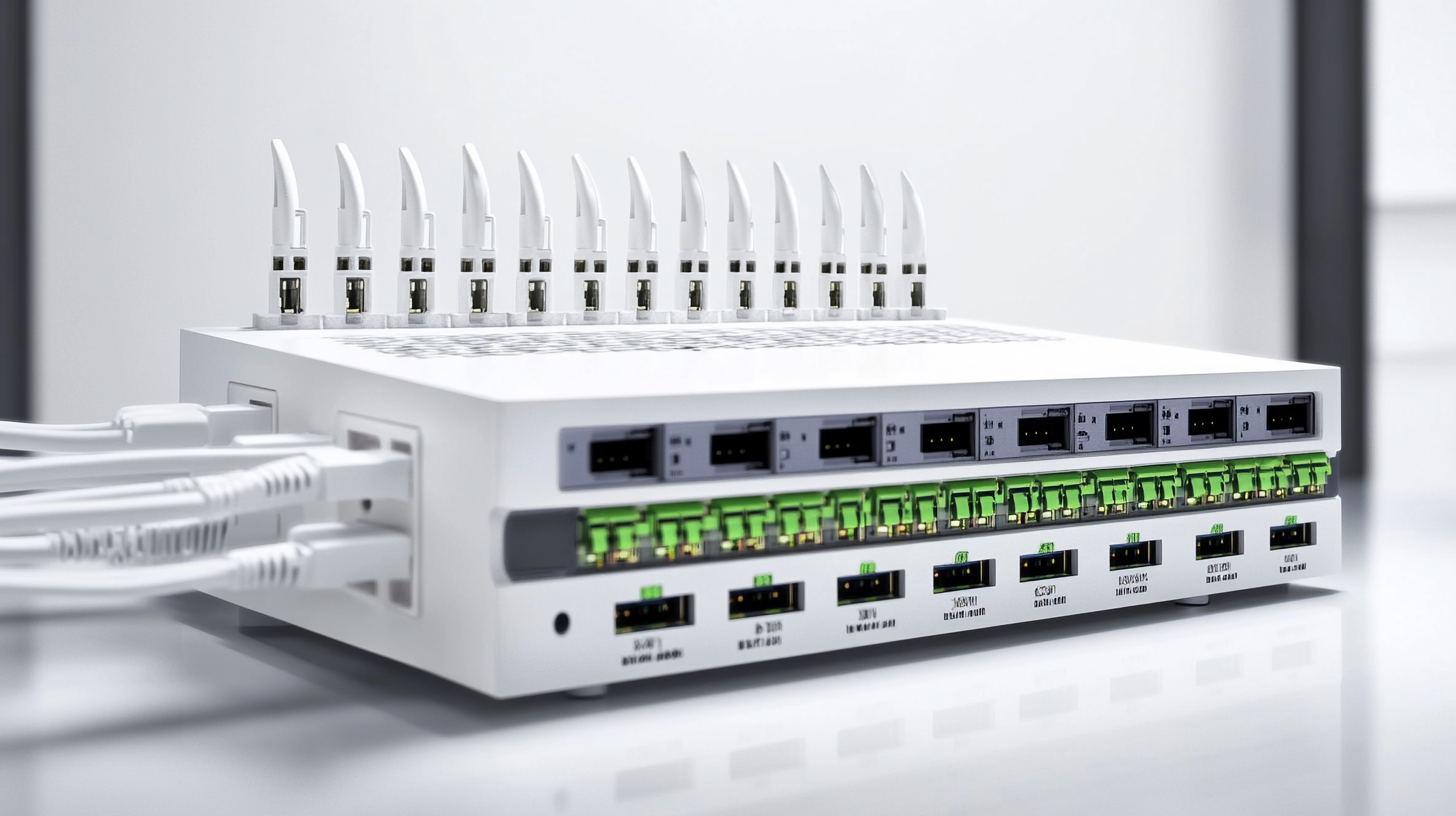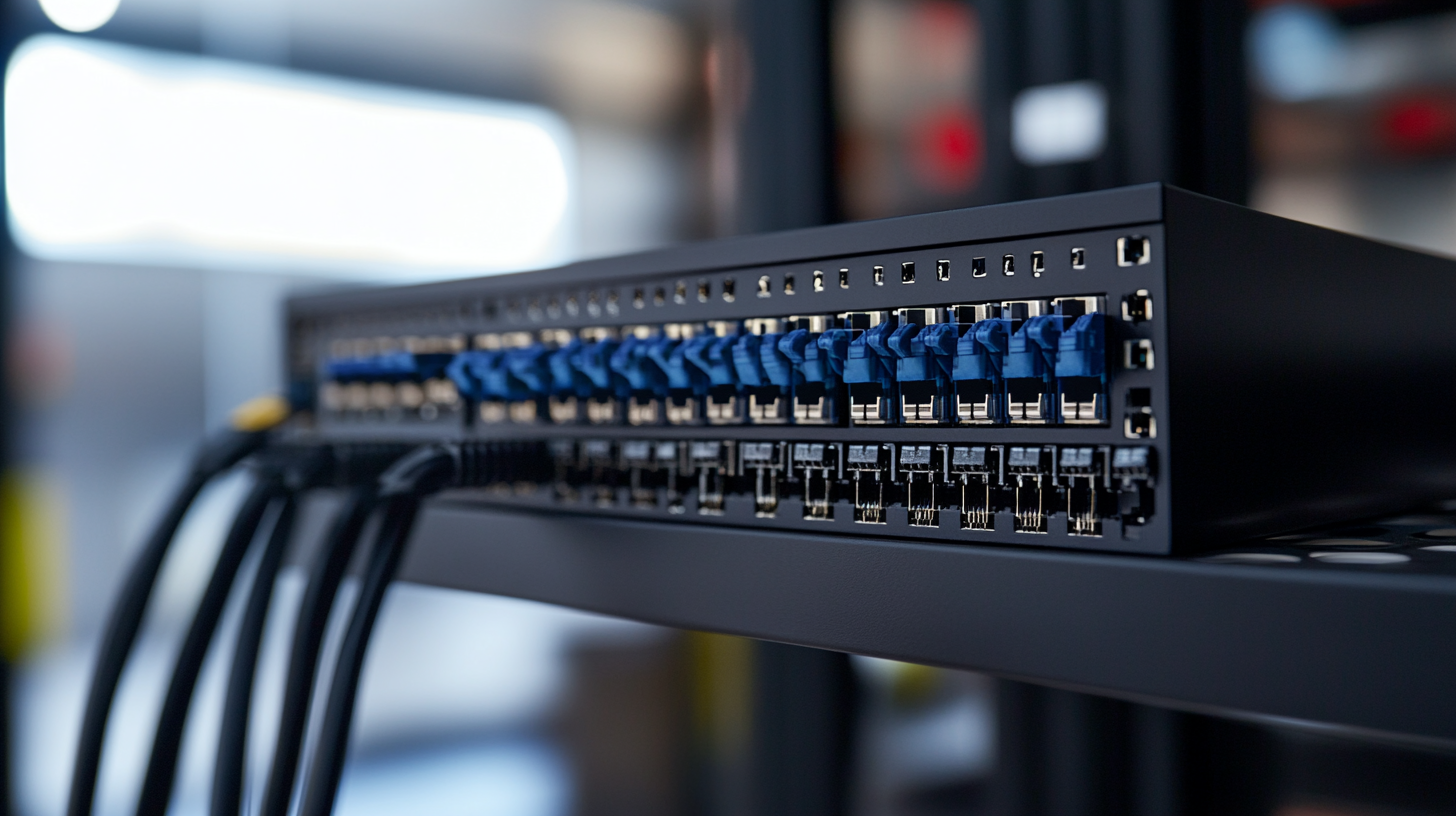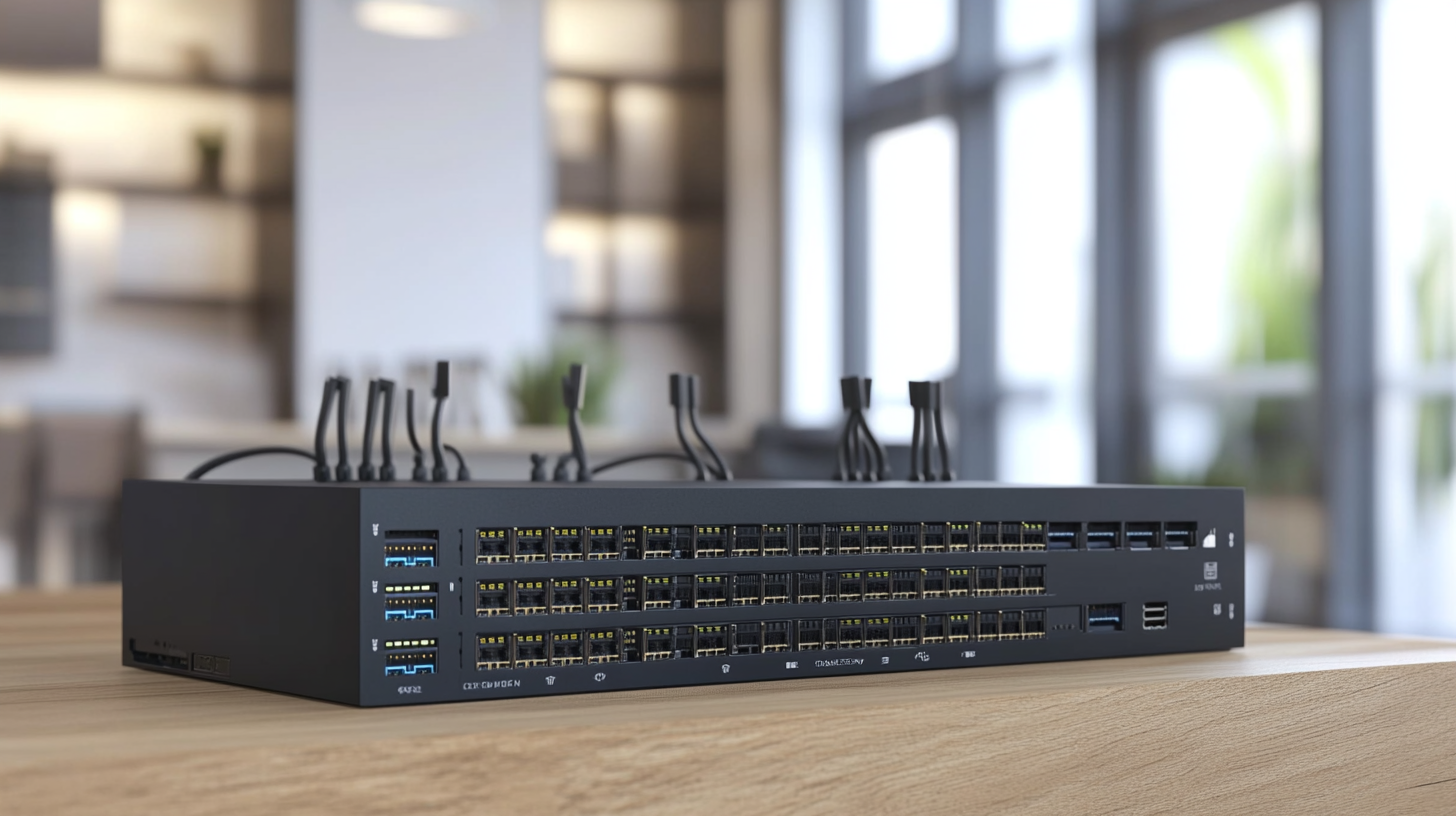
- hasivo@hasivo.com
- Mon - Sat at 7:00AM to 9:00PM
Leave Your Message

In today's hyper-connected world, efficient network management is paramount for sustaining robust and reliable IT infrastructures. As organizations grapple with increasing network demands and complexities, the need for innovative solutions has never been greater. Enter the Web Managed Switch, a powerful tool that provides advanced features and capabilities to enhance network performance and simplify management tasks. Unlike unmanaged switches, which offer minimal control and flexibility, Web Managed Switches enable IT administrators to configure, monitor, and optimize their networks through user-friendly web interfaces. This article explores various innovative approaches that leverage the potential of Web Managed Switches, highlighting how they can significantly improve efficiency in network management. We will delve into the unique functionalities these switches offer, their benefits over traditional management options, and practical strategies for implementation. Join us as we uncover the transformative impact of Web Managed Switches on modern network management practices.

In today's fast-evolving digital landscape, web managed switches play a pivotal role in optimizing network infrastructure. As organizations increasingly transition to software-defined networks (SDNs) and embrace 5G technology, the need for efficient resource allocation and traffic management becomes paramount. Web managed switches not only provide granular control over network traffic but also facilitate dynamic network slicing, a vital process in enhancing performance and reliability in modern networks.
The integration of AI with web managed switches further amplifies their effectiveness in optimizing network operations. As highlighted in recent studies, AI-driven approaches help manage network resources more intelligently, addressing the complexities inherent in user demands and traffic patterns. By analyzing data streams and making real-time adjustments, these advanced systems ensure lower latency and improved stability. This revolution in network management allows organizations to harness the full potential of their infrastructure while maintaining security and operational efficiency.
As the demand for robust network solutions grows, web managed switches will continue to be at the forefront of innovation, supporting the next generation of connectivity. With advancements in technology, including the widespread adoption of Wi-Fi advancements and increased reliance on cloud-based solutions, the need for sophisticated networking tools is more critical than ever to ensure seamless user experiences and operational continuity.

Web managed switches have become essential tools in modern network management by providing enhanced control and flexibility. One of the key features that bolster network efficiency is the ability to access and configure the switch through a web-based interface. This simplifies the administrative process, allowing network managers to monitor traffic, configure VLANs, and set up Quality of Service (QoS) parameters without needing extensive command-line knowledge. The intuitive graphical interface helps in quickly diagnosing issues and making adjustments, which is vital for maintaining seamless connectivity.
Another significant feature is the support for advanced security protocols. With built-in options like port security, MAC filtering, and access control lists (ACLs), web managed switches enable organizations to protect sensitive data and manage user access effectively. By segmenting networks and enforcing strict security measures, these switches reduce the risk of unauthorized access and potential attacks, thus enhancing overall network performance and reliability. Additionally, the ability to log and report network activity aids in proactive monitoring and ensures compliance with organizational policies.
Moreover, many web managed switches offer features such as link aggregation and network monitoring tools that further optimize resource allocation and traffic handling. This helps prevent bottlenecks and ensures that critical applications receive the bandwidth they need, ultimately contributing to a more robust and efficient network infrastructure.
This chart illustrates the key features of Web Managed Switches that enhance network efficiency, including VLAN support, bandwidth management, QoS, security features, and monitoring capabilities.
In today's fast-paced digital environment, efficient network management is critical for minimizing downtime and ensuring seamless operations. Recent industry statistics indicate that organizations adopting innovative management solutions, such as web-managed switches, have experienced a significant reduction in network disruptions. By providing centralized control and enhanced visibility, these switches facilitate proactive monitoring and troubleshooting. As a result, businesses are able to swiftly address issues before they escalate into major outages, ultimately enhancing productivity and user satisfaction.
Moreover, studies reveal that companies leveraging web-managed switches report a decrease in average downtime by nearly 30%. This improvement can be attributed to the flexibility and scalability these solutions offer, allowing IT teams to respond to network demands dynamically. By utilizing advanced features like VLAN segmentation and Quality of Service (QoS) settings, organizations can prioritize critical applications, optimizing bandwidth use and minimizing the impact of potential slowdowns. As network infrastructures become more complex, the ability to manage them effectively becomes a crucial differentiator in maintaining competitive advantage.
Web managed switches have revolutionized the way network management is conducted, offering innovative monitoring techniques that enhance efficiency and reliability. One of the standout features of these switches is their ability to provide real-time insights into network performance. By utilizing a user-friendly web interface, network administrators can easily track traffic patterns, identify bottlenecks, and diagnose issues before they escalate into major problems. This proactive approach not only improves overall network reliability but also optimizes resource allocation.
Another remarkable aspect of web managed switches is their support for advanced monitoring protocols such as SNMP (Simple Network Management Protocol) and RMON (Remote Monitoring). These protocols enable detailed data collection and analysis, allowing administrators to gain deeper visibility into their network environments. By leveraging these tools, organizations can conduct thorough traffic analysis, monitor device health, and even automate alerts for unusual activity, significantly reducing response times to potential threats. Thus, the versatility and functionality of web managed switches position them as indispensable tools for modern network management.
Web managed switches are redefining network management across various industries, enabling businesses to enhance efficiency and adaptability. Several case studies illustrate the transformative impact these technologies can have. For instance, a retail company implemented web managed switches to optimize their network performance, resulting in a 30% reduction in downtime and significant improvements in transaction processing speed. This transition not only enhanced customer satisfaction but also supported the scalability required during peak shopping seasons.
Another success story comes from a healthcare provider that integrated web managed switches into their infrastructure. By doing so, they were able to streamline data sharing among devices and improve the reliability of their patient management systems. According to reports, organizations leveraging such technology experience up to a 40% increase in operational efficiency, as these switches offer remote management capabilities that simplify troubleshooting and configuration. These examples reflect a broader trend where businesses are rethinking their network management strategies to keep pace with the ever-evolving digital landscape.
